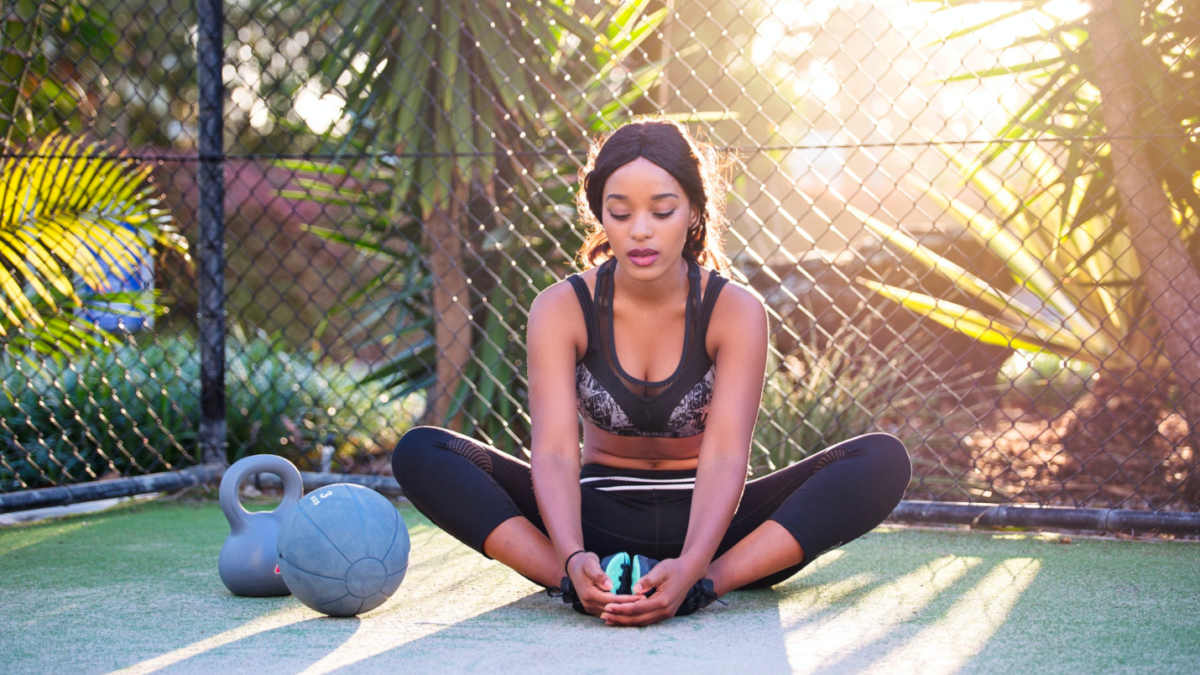About 19.3% of adults in the US are engaged in some form of physical activity each day, including but not limited to exercise and sports. This statistic indicates that a significant part of the population does get some movement daily, even if it’s not classified as a formal exercise.
However, as a certified personal trainer, it helps to understand the key differences between exercise and physical activity because they complement each other. Sometimes exercise improves the quality of physical activity, and vice versa, and trainers can work around their workout plans to achieve that.
Here’s a comparison and explanation of what we mean by physical activity vs. exercise:
Not all physical activity is exercise
The key difference between physical activity and exercise is how they’re defined. Physical activity is any type of movement that uses energy and requires the musculoskeletal system to perform.
Simply put, anything that requires you to move your body, use your joints and muscles, and takes up energy, counts as physical activity. Many examples of physical activity, such as hiking, surfing, playing sports, and even physical labor, aren’t considered to be exercise. However, it’s important to realize that as a certified fitness trainer, you should encourage your clients to think about any form of movement as a good thing.

But all exercise is a type of physical activity
While not all physical activity is exercise, all exercise is a form of physical activity. This is quite self-explanatory in that all exercises use energy and muscles to complete. A workout, no matter how short or long, mild or intense, can be categorized as physical activity, but it is not enough on its own. For optimal health benefits, your clients should also incorporate other types of movement and activity alongside their regular workouts and gym time. One of the biggest advantages of regular exercise and general activity is that they keep your non-exercise activity thermogenesis (NEAT) levels high, helping you maintain body weight, fitness levels, energy, and more.
People engage in various kinds of physical activity
While your specific niche as a certified fitness instructor may be a particular type of exercise, such as weight training, physical activity is a great way to add more variety to one’s routine. People engage in all types of activity, including cycling, swimming, dancing, skateboarding, and various health and wellness-based activities.
Other non-conventional forms of physical activity that many individuals partake in include yard work, such as gardening and mowing, grocery shopping, playing with their kids, walking their dogs, and other activities with their pets.
Not all physical activity may be done to exercise. They may simply be another form of movement or hobby a person enjoys. Participating in this physical activity improves their mental health and emotional equilibrium, allowing them to incorporate varied types of movement into their lives beyond their exercise routines.

Some activities require you to have prior fitness levels
While prior fitness experience is not necessary to begin exercising, certain physical activities may require a moderate to advanced level of physical fitness to be performed successfully. For instance, an activity like hiking does require stamina, endurance, and cardiovascular health. Other times, exercise can boost the quality and performance of these activities, improving your strength and fitness levels to make day-to-day tasks easier.
This is where your expertise as a certified fitness professional can really benefit your clients to lead fuller, healthier, and happier lives that balance out physical activity and fitness together. The best thing you can do for your clients is to help them use their workouts to improve their quality of life, make their general physical activities more enjoyable and less physically taxing, and help them prevent injuries.
Exercise can be more structured than everyday activity
One of the biggest differences between general physical activity and exercise is that the latter tends to follow structure more rigidly. While this isn’t true across the board, and many activities do need a schedule, exercise and workout programs are definitely less leisurely. What sets them apart is that exercise follows a set progression, time, certain repetitions, and frequency, especially to achieve goals. It’s centered around specific outcomes and goals, from weight loss to endurance building, but there are generally fewer rules around activities one enjoys. For instance, walking for pleasure and mental health or general commute is less rigid than walking for cardiovascular exercise and performance.
Movements in exercise are repetitive and intentional. They’re aimed at generating specific results at the end and can be classified as a subcategory of physical activity.

Both aim to alleviate health concerns and problems
All differences aside, the key aim and purpose of both physical activity as a whole and exercise as a subcategory is to alleviate and address various health issues and problems. Both contribute to maintaining a healthy weight, improving cardiorespiratory health, alleviating joint and muscle pain, improving bone density, contributing to mental health and wellness, and more. It all boils down to similar benefits.
Understanding the difference between exercise and physical activity can help certified personal trainers design more effective programs for their clients, factoring in their other lifestyle choices and patterns. You can upgrade your skills through some of the top personal health trainer programs at WITS Education, where they have some of the most versatile and comprehensive programs and certifications available.
Reach out to them to learn more about their fitness trainer certifications and register for the one that brings you closer to your professional goals.
About the Author
Jeremiah H. is a fitness professional who has worked in the industry for over five years as a personal trainer specializing in lifestyle coaching. He focuses on taking a holistic approach to fitness, ensuring that clients’ current lifestyles outside the gym are also factored into their workouts.


